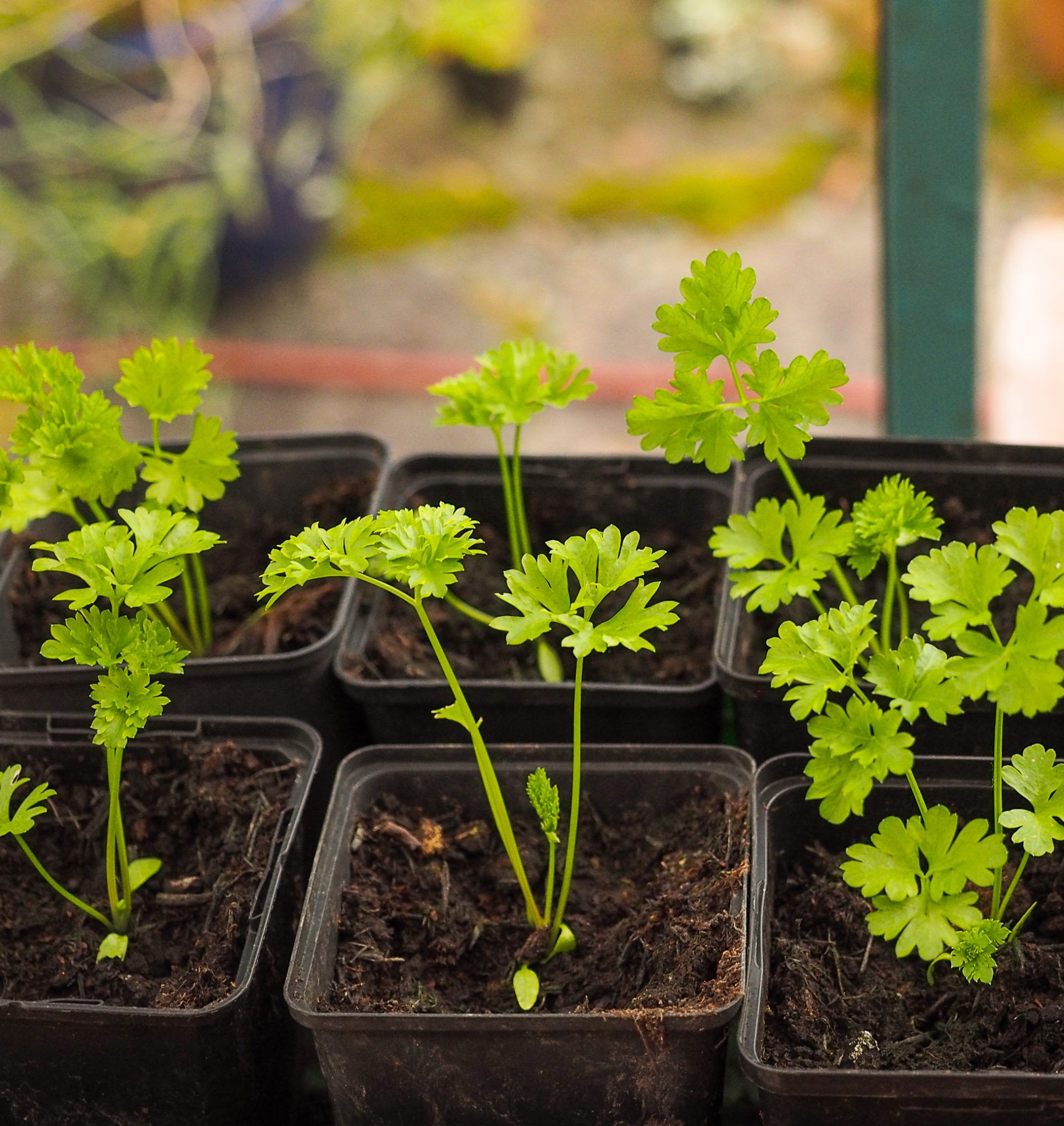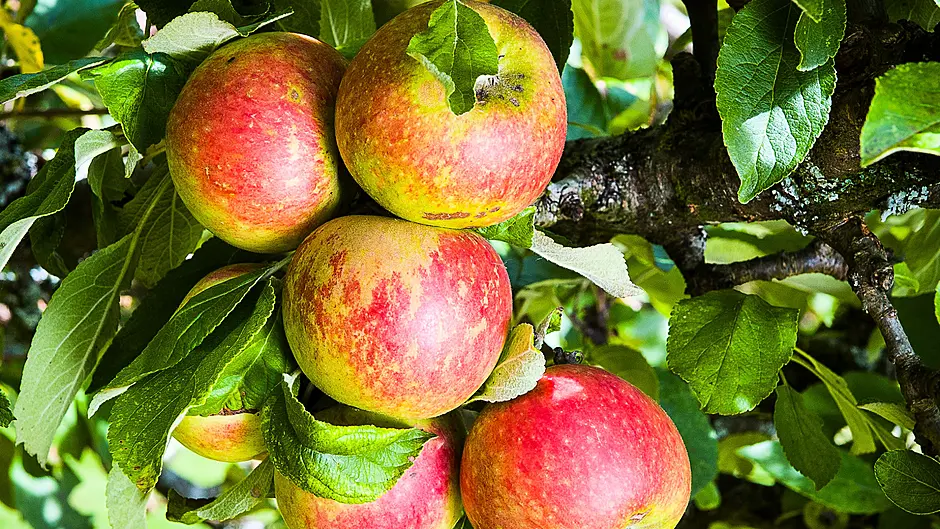BY JOYCE RUSSELL
THERE’S no point pretending it isn’t autumn. Occasional bursts of hot weather may try to convince us otherwise and grass growth certainly suffers from some confusion, but we all know that autumn is marching onward and we have to keep up with it. There are plenty of leaves turning colour on trees and many are finding their way to the ground. Summer plants look more tatty by the day and it won’t be long before you are filling the compost heap with spent foliage. Keep an eye out for fine days and get done what you need to – it’s always best to be prepared in case we get a long stretch of wet weather.
Pick apples
Fruit won’t grow bigger from now on, but flavour will develop as apples ripen. If you have to use force to yank an apple from a tree, then it is unripe. If you have an early variety, and fruit is falling to the ground, then you may have missed the moment – pick the rest so they don’t get bruised. Different varieties ripen at different times, so keep checking your trees.
Lift a fruit gently and give a light tug. If it comes away easily, then it is a good time to pick. Take a bite and see what you think. Everyone’s taste differs.
Most cooking varieties ripen later and may not be at their best quite yet. Some ripen in storage so it’s a question of learning about your varieties and how to get the best from them.
If you have lots of windfalls, think about making apple sauce for the freezer or juice if you have the right equipment.
Check brassicas
My winter greens have been plagued by caterpillars this year. They started on the broccoli leaves, soon followed by more on the Brussels sprouts. Kale wasn’t exempt, although it often is. Caterpillars can do a lot of damage and there isn’t much time for plants to recover before cold weather slows growth.
Leaves look unsightly and you are less likely to want to eat them. The best control is to use a raised mesh cover to keep butterflies off the foliage in the first place.
This may be appropriate for cabbages, but broccoli and sprouts can grow very big, so covering can be difficult. The next best thing, if you want to avoid spraying your food with chemical killers, is to check plants thoroughly every couple of days and remove the pests.
Look on the underside and in folds of leaves. Check around the young leaves at the heart of the plant if you can. Use rubber gloves and tweezers if you are squeamish and use a large jar to put the caterpillars in – empty it away from the garden, before they try to crawl out.
Plenty of parsley
This herb can do very well through the winter and particularly so if it is grown in a greenhouse, cold frame, or polytunnel. If you have raised small plants from seed, then plant them into the soil as soon as you can. If you haven’t grown any, then try buying a pot of parsley in the supermarket – split the root ball so you grow plants on in individual pots. Choose the strongest growing ones to plant out when they have formed a good root system.
 01. Enjoy apples fresh from the tree.
01. Enjoy apples fresh from the tree.
Lift carrots…
If you haven’t done this already then choose a fine day and get them out of the ground. They could be left in longer, and possibly grow bigger, but you run the risk of increased slug damage, rot if the ground is wet, and frost damage if they are left too long. It’s safer to lift roots while they are clean and delicious – they store well if you have grown a bumper crop.
…And maybe beetroot
You can leave beetroot in the ground for a few more weeks, but you run the risk of them bolting and turning woody. If your beets are a good size then it’s best to lift and store them. If they are small, and the weather is mild enough, then maybe it’s a safe enough gamble to leave them in the ground.
Flower borders
These can start to look tatty as some plants finish and foliage browns. Clear what you don’t like, even if it leaves gaps – you can always mulch bare patches with coloured leaves. Some browning plants can still have a beautiful form, so assess what you want to take out and what you want to remain.
I’m always grateful for any plant that puts on a spectacular autumn display. Cherish any that you have and consider getting more if there are spaces to fill after the summer plants fade.
Japanese anemones spread too much and have to be tamed, but they look glorious through autumn in shades or white, purple and pink.
 Japanese anemones flower for weeks.
Japanese anemones flower for weeks.







